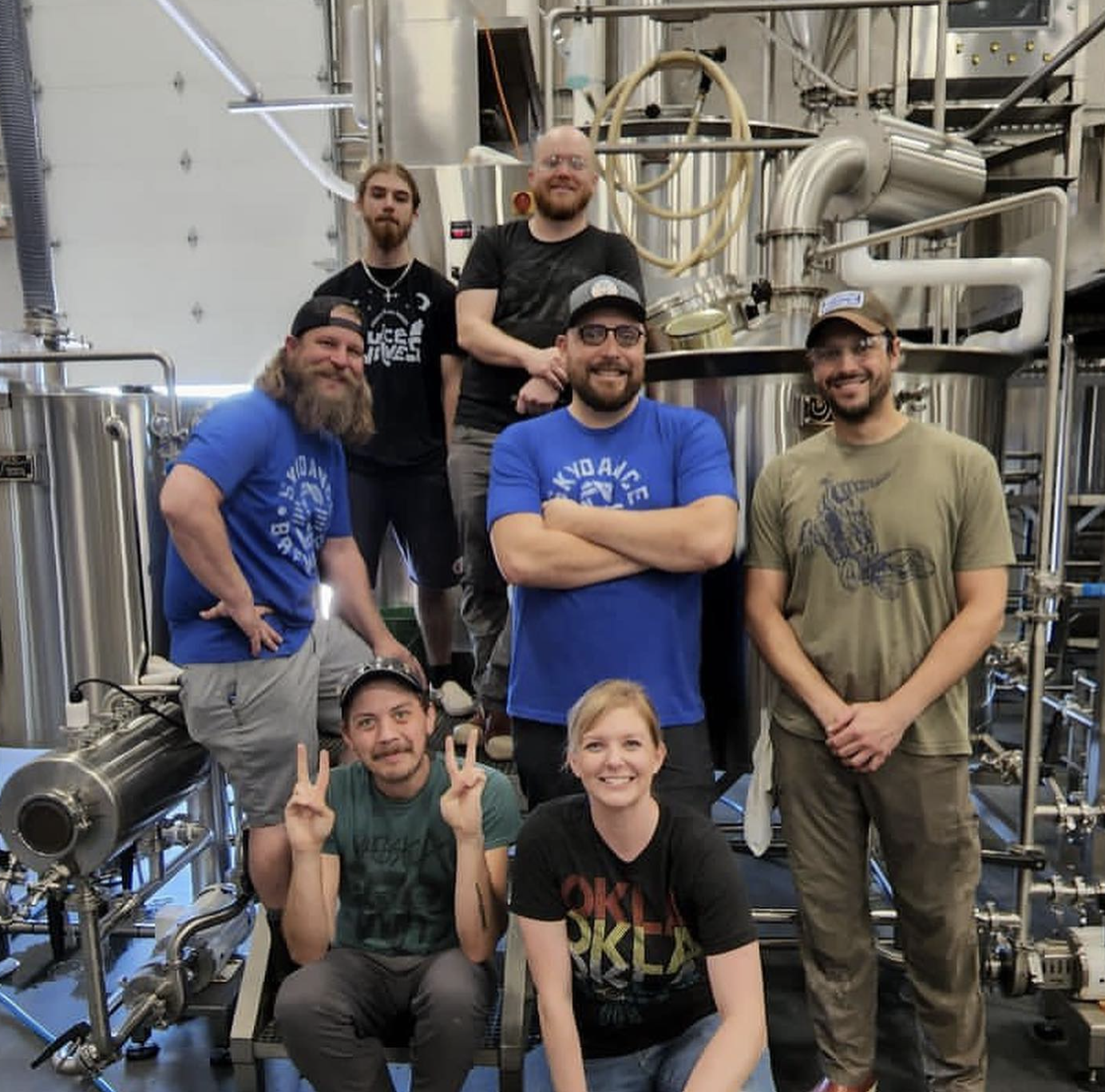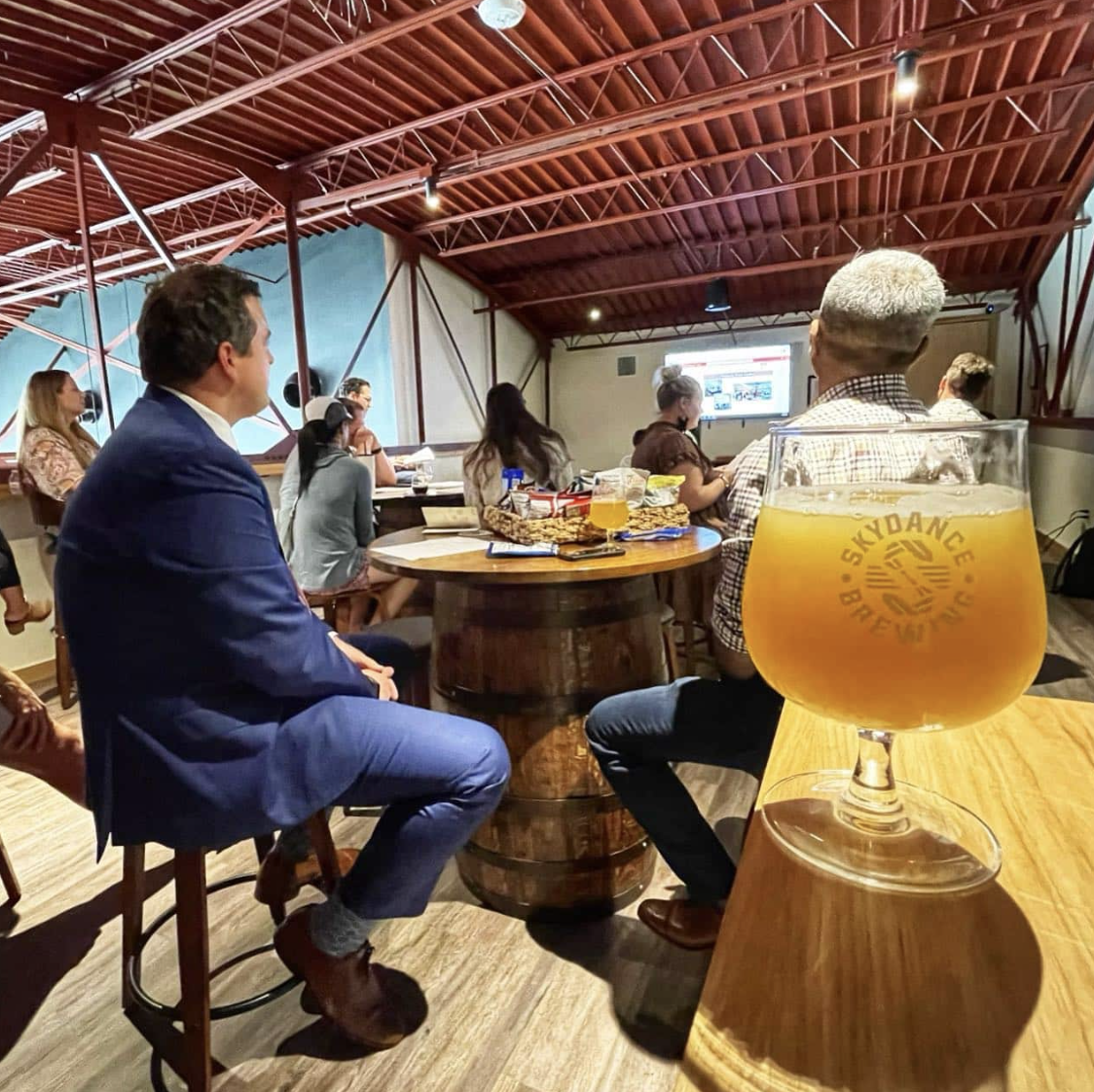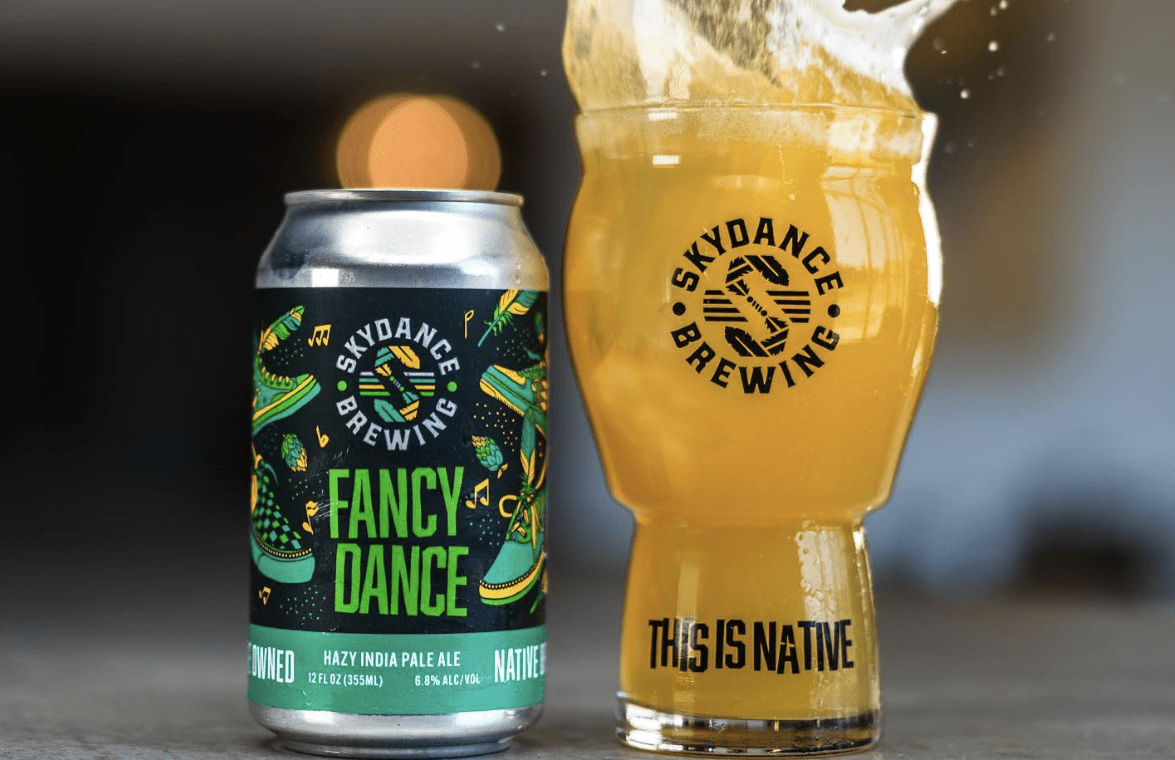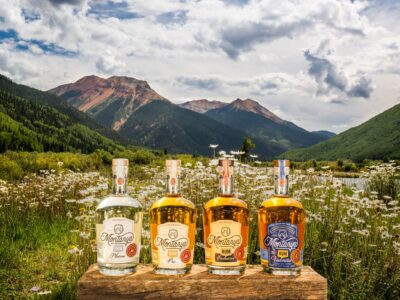Native American-owned craft breweries are growing in numbers and influence. Producing lines of juicy IPAs and hearty stout beers, Native breweries combine the traditions of America’s Indigenous populations with the themes of 21st-century brewing.
In Oklahoma City, Skydance Brewing has been carving out its niche in the Midwest. It has a two-fold mission: to provide customers with an enriching experience and educate them about Native relationships with alcoholic beverage production.
Skydance was born out of an idea from Jake Keyes, a member of the Iowa Tribe. It got its start in 2018 and was a member of a beer co-op. Learning brewing from his father, the brewery opened its independent taproom and production space in 2021 following a nearly $1 million investment. It recently celebrated its one-year anniversary.
Now, Skydance boasts a bustling nightlife scene, and consumers can find its beers in Walmarts across Oklahoma.
With the IPA craze taking America by storm, a Native-themed version was a brilliant way to attract customers. This type of growth is a testament to the work ethic and product Keyes is creating.
“Over time, I realized you have to brew what you like. If you brew beer you actually want to drink, it ends up showing in the product,” Keyes said about his brewery’s early success.

The brewery utilizes sustainable practices, reusing heated water in the brewing process. “About 500 gallons of that is used to run through our heat exchanger to cool the wort down, and then it gets returned to another tank to heat and use for the next batch,” Keyes explained via email.
Keyes gets his ingredients from all over North America and even from abroad. “We source ingredients from a couple [of] different distributors who carry barley, wheat, and other types of grains from all over the world, including North America and Germany. We do the same with our hops,” he said.

Keyes is part of a small-but-growing community of Native American-owned breweries in the U.S. Currently, only 0.4% of craft breweries are owned by Indigenous people or Alaska Natives. Skydance isn’t deterred, though, as it continues to use its heritage as a tool to tell the story of Native Americans’ complex, historical relationship with alcoholic beverages.
That goes beyond including Indigenous art in labels: artwork, photos, and apparel from the Iowa Tribe line the brewery’s walls. Even the company’s logo contains two eagle feathers, a symbol of dignity among many Native tribes.
“I think our customers have loved it. They are seeing some things in our taproom or on label art that they just don’t get at any other brewery,” Keyes told Consensus regarding customer reactions to these Native artwork incorporations. “Most of our Native followers have expressed pride in what we are doing.”
Native Americans’ relationship with alcohol in the U.S. is riddled with stereotypes. They were barred from even purchasing alcohol until 1953. They have battled misinformation and racism, but the connection with alcohol has been a continual talking point.
Beer is often assumed to be a European export to America during colonialism. However, Native Americans had been brewing a corn-based alcoholic beverage for centuries before the first English settlers arrived.
The Tiswin beer (or wine) was popular amongst the Apache in Arizona, and the Incans of South America also had Chicha beer.
Native American brewing is about more than understanding the relationships between alcohol and Indigenous Tribes. It’s also about fostering a sense of entrepreneurship among Native people and Tribal business is booming.
Skydance is one of a few Native-owned breweries that have opened up in the past few years, including Bow & Arrow in New Mexico, Rincon in California, and 7 Clans in North Carolina. They are writing their new history while creating beverage lines with Native heritage in mind.
“You can never count on somebody else to tell your story for you,” Keyes stressed. “If you want it told right, you’ve got to tell it yourself.”





